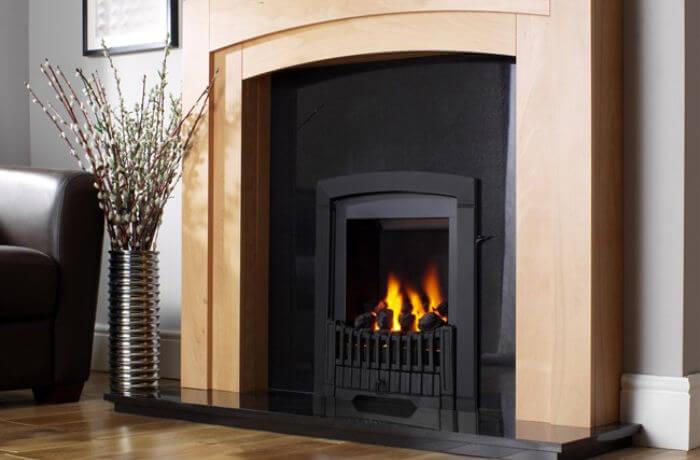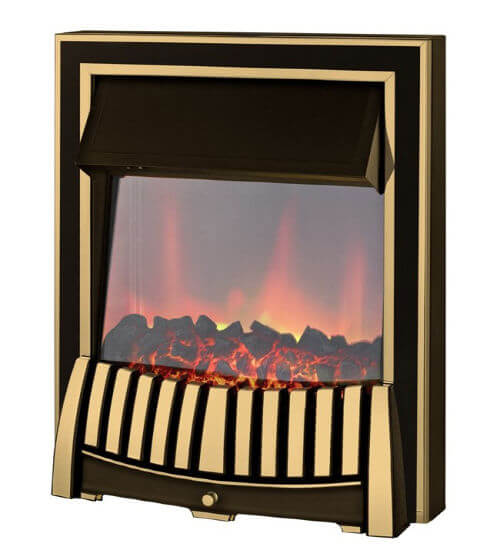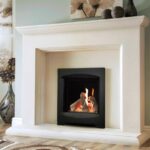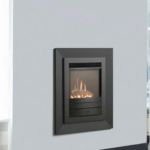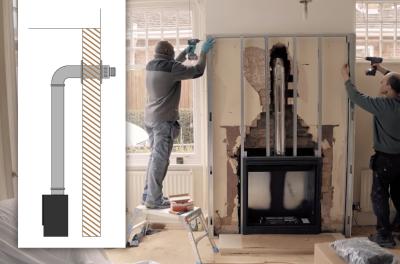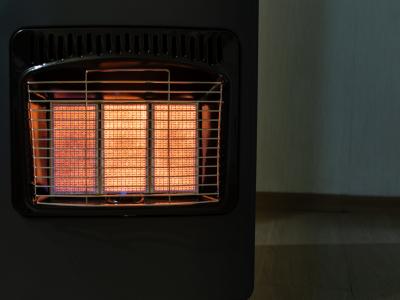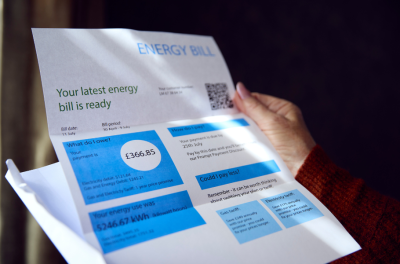We use cookies to improve your experience and our business. See our privacy/cookie policy or continue browsing to accept our use of cookies. View our cookie policy.
Guide to Inset Gas & Electric Fires
We know that when buying a new fire, there is often a lot to take in. There are so many different styles and models to consider! One of these is the inset fire.
Inset fires are very common, so you would be forgiven for thinking there is nothing special about them.
However, they are in fact one of many options to consider when buying your fire. Read our guide to find out exactly what inset fires are, what alternatives are available, and whether one is right for your home...
Related: The Best Gas Fires 2019/2010
What is an Inset Fire?
An inset fire is a fire that sits in a recess in your wall or chimney opening. This means they sit flush against the wall, rather than extending out onto the hearth.
You can get both inset electric fires and gas fires, including flueless inset gas fires. They are perhaps the most popular type of fire, as they take up less space, look neat in your fireplace and are available in a number of styles to suit all home decors.
Alternatives to inset fires include free-standing electric fires, wall mounted fires and outset gas fires, which we will tell you more about below.
How Do Inset Electric and Gas Fires Work?
All inset fires are by definition fires that fit into a wall cavity. However, there are a few different options available that work slightly differently.
Let’s start with inset electric fires. Electric fires are the most versatile type of fire, as they don’t require a chimney or any other ventilation. They can be placed straight into a recess in your wall and plugged into an electricity outlet.
Related: 8 Advantages of Buying an Electric Fire
As for inset gas fires, there are a few more requirements. Most notably, the need for a chimney!
When choosing an inset gas fire, it’s important you know what type of chimney you have. Inset fires are available for class 1, class 2 and balanced flue chimneys. You can find out more about choosing the right fire for your chimney here.
Inset gas fires need to be fit directly into a chimney cavity or attached to a balanced flue in order to work. The only exception is a flueless inset gas fire. These don’t need a chimney, but they do need some source of ventilation in the same room.
Read our Guide to Flueless Gas Fires to find out more.
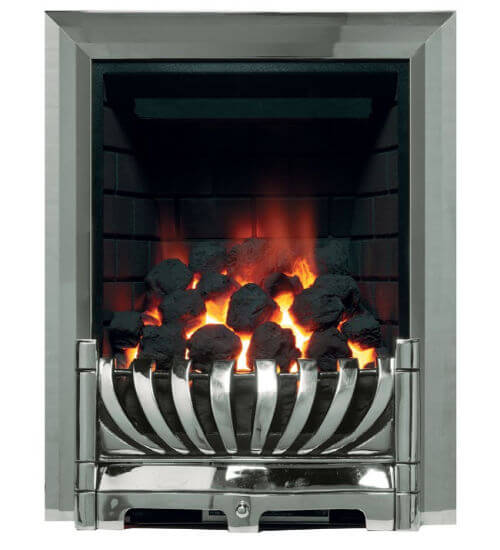
Are all Inset Fires the Same Size?
The standard size for most inset fires is 410mm x 560mm (16in x 22in). This is also the size of the opening cut into many fireplace back panels.
When looking for the right size inset fire, it is the inset measurements you need to consider, as this is what will actually need to fit into your chimney or wall cavity. Be sure to measure your recess and make sure your fire will fit into it before making your purchase.
The height and width of your chimney or wall cavity is something that can be adjusted, if needed. However, the depth is something you need to be more wary of. Class 1 chimneys are deeper, so they can accommodate a deeper inset fireplace. Class 2 chimneys, meanwhile, require a much slimmer fire.
While electric inset fires don’t need to fit into a chimney at all, you do need to make sure your wall is deep enough to be able to fit your inset fire inside.

How to Fit an Inset Fire
First of all, it is important to be sure that a qualified person carries out any work on your fireplace. If you are having an inset gas fire fitted, this needs to be done by a Gas Safe Engineer. If you are replacing an inset gas fire like-for-like, this shouldn’t require a lot of work. If you are replacing an outset gas fire, make sure your back panel has the correct size cut-out, if you wish to keep it.
If you trust your DIY skills, you can install an electric fireplace yourself. You will need to make sure you read your fire’s installation manual carefully, as you don’t want to make any messy mistakes!
Always make sure you place your fire on a stable surface. While a hearth isn’t necessary for an electric fire, many people still like to have the full fireplace look. You will need to fit the hearth, back panel and surround before installing the fire, so it’s a good idea to check it fits, first.
We have more advice in our Guide to Installing an Electric Fire at Home.
Inset Electric Fires vs Free Standing Electric Fires
The alternative to an inset electric fire is a freestanding electric fire. These are best suited to those who don’t have space - or don’t want - to cut a recess into their wall. They do give a similar effect to an inset fire, though if you do have a skirting board, it will not sit flush against the wall. You will also find that the fire protrudes outwards, rather than being set back as a realistic fire would.
Inset Gas Fires vs Outset Gas Fires
The alternative to an inset gas fire is an outset gas fire.
Similar to a freestanding electric fire, these protrude outwards into the room, onto the hearth, rather than being set back into the wall. However, like an inset gas fire, they do still require a chimney. Outset gas fires are typically more traditional in style, though, as they aren’t set in the wall, they often give out more heat.
Ready to buy your new fire this year? Find yours at an excellent price with free delivery available at Direct Fireplaces!
Inset fire not what you are looking for? See our full range of fireplaces and surrounds.
Read more buying guides and installation advice on the Direct Fireplaces blog…
The Best Coal Effect Electric & Gas Fires | The Best Electric Fire Suites For All Budgets | What is the Most Eco-Friendly Fireplace?
[related_products is_auto_added="1"]
direct fireplaces
Latest posts by direct fireplaces (see all)
- Which Electric Fireplace Gives the Most Heat? - February 5, 2021
- Retro Fires and Retro Stoves for the Home - January 22, 2021
- Do I Need a Fireplace in My New Home? - January 20, 2021

